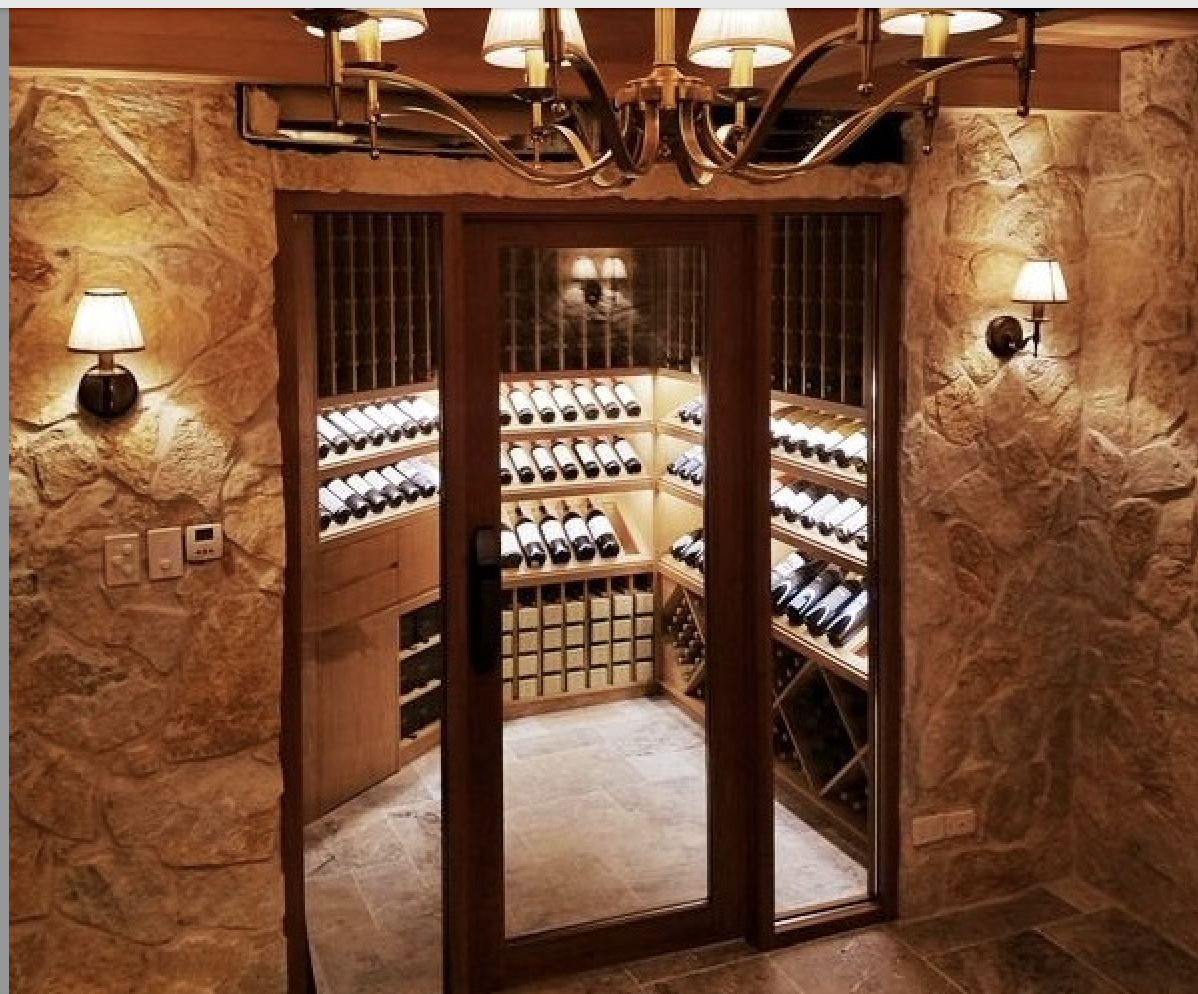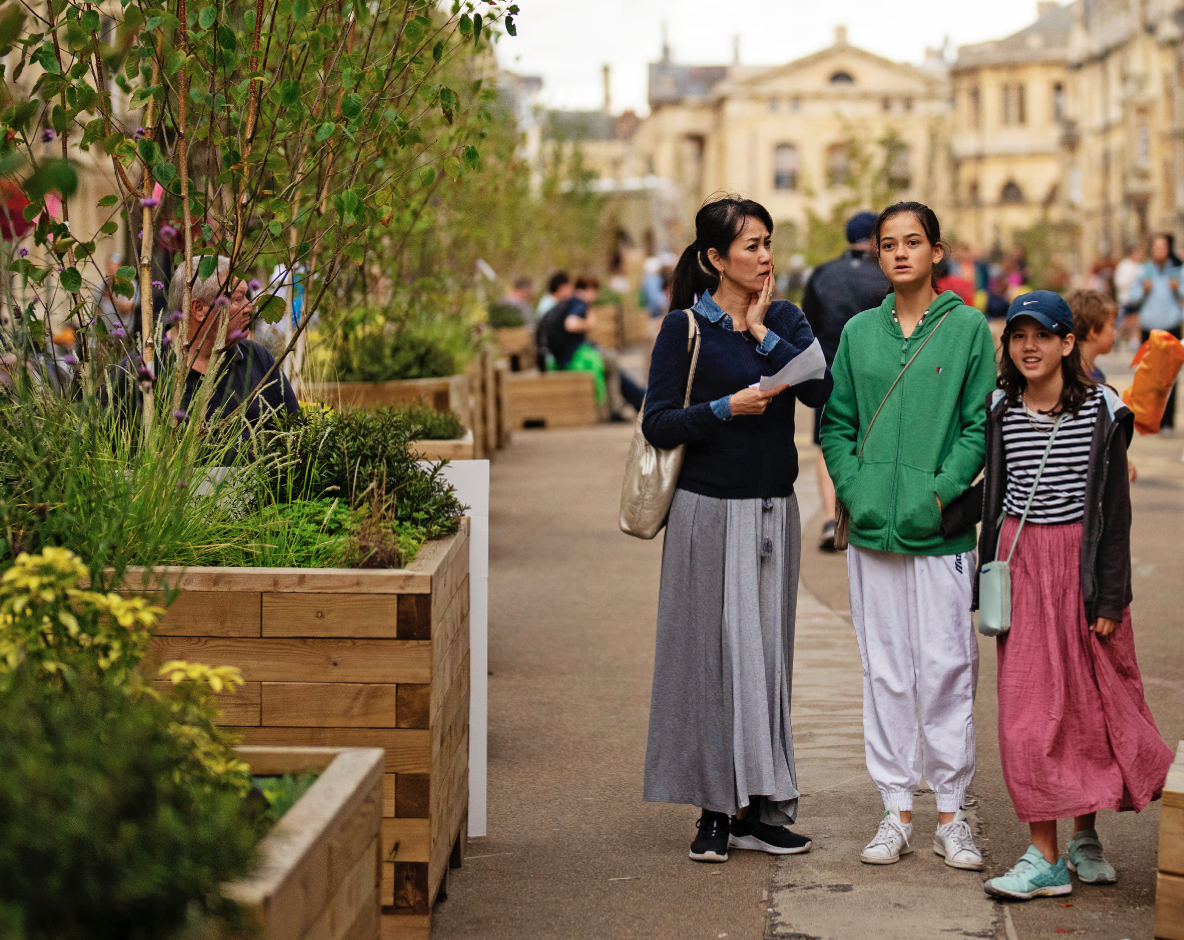How Buying a New Home Could Save You Money
For many, buying a new construction home is the dream. Everything is fresh and on-trend, there’s no haggling with emotional sellers, and you may even get a say in the home’s layout, features and amenities. In today’s market, buying new—rather than an existing property—might be an economical choice, too. As the median payment on a new mortgage creeps toward $2,200, most buyers are desperate to save cash wherever they can. And while improving your credit scores or shopping around can often help you snag a lower mortgage payment, builder-offered incentives—which have been on the rise in recent months—can also lead to notable savings. “We’re seeing builders sweetening the pot for buyers,” says Nick Bailey , president of Re/Max LLC, a real-estate brokerage based in Denver. Those extras—plus some built-in insurance advantages—could theoretically save a buyer with a $500,000 budget $40,000 or more in just the first year of homeownership (though actual savings, if any, will vary quite a bit from buyer to buyer). Here’s how buying new could help make your home purchase more affordable.
1. Builders are slashing prices
Though new homes typically cost slightly more than existing ones—the median sale price was $418,800 vs. $394,300 in September—builders have increasingly been cutting price tags. In fact, nearly a third of home builders reported reducing their prices in October, according to a survey from the National Association of Home Builders. It’s the highest share in nearly a year and roughly triple the share of price cuts seen July 2022. The size of the reductions are worth mentioning, too. Almost 40% of builders say they cut prices by 6% or more in October. So, a home on the market for $500,000 a month ago could be listed at just $470,000 today.
2. They’re offering lower mortgage rates
If slashed prices aren’t enough to get a mortgage payment in your budget, builders have another offer: A lower mortgage rate. In response to today’s decades-high interest rates , some builders are now offering “buydowns,” chipping in to get home buyers reduced mortgage rates—at least for a time. (Essentially, the builder prepays the lender the interest for the years the mortgage rate is reduced). NAHB’s data shows that 29% of builders offered mortgage rate buydowns in October. “Many builders are using sales incentives—including mortgage rate buydowns—as a method of addressing housing affordability headwinds,” says Robert Dietz, chief economist at NAHB. Buydowns can be permanent, lasting for the entire term of the loan, but more often—at least with builder buydowns—they’re temporary, lasting for the first one to three years of the mortgage. Home builder Lennar, for example, offers what’s called a 2-1 buy-down. This allows home buyers to reduce their mortgage rate by 2 percentage points in the first year—say, down from 7.5% to 5.5%, for instance—and then by one point the following year. By the third year, the loan would revert to that original 7.5% rate (or you could refinance if rates had become more favorable). In the above scenario, the buy-down would save you over $10,000 in interest during just the first year of a 30-year loan. Another perk: Builders are also offering to pitch in on closing costs. These typically clock in around 2% to 6% of your total loan amount, or up to $30,000 on a $500,000 loan. According to the NAHB survey, 35% of builders offered to pay closing costs last month.
3. New home insurance is more affordable, too
The last way a new home could save you on your mortgage payment has little to do with builders—but instead, how much it costs to insure a property. And according to insurance pros, home insurance premiums —which are typically paid as part of your monthly mortgage payment—are often much more affordable on newer homes than older ones. “Older homes may have issues like roof leaks,” says Angel Conlin, chief insurance officer at Kin Insurance in Chicago. “New homes, with fresh materials and construction, pose less risk to insurers.” (Just keep in mind: A new home—and new materials—doesn’t necessarily mean the place is perfect. So if you do opt for new construction, always get a home inspection.) According to data from Policygenius, a new home costs 13% less to insure annually than a 10-year-old one and 32% less than a 30-year-old home. As of 2022, the average premium on a new home was just $1,200 per year. A 30-year-old home’s premium was $1,776. “If you’re looking at two properties that have a similar size, construction type, and location with the difference being that one was built 30 years after the other,” says Pat Howard, a home insurance expert at Policygenius, “you can likely bank on the newer home having cheaper home insurance premiums.”
 Copyright 2020, Dow Jones & Company, Inc. All Rights Reserved Worldwide. LEARN MORE
Copyright 2020, Dow Jones & Company, Inc. All Rights Reserved Worldwide. LEARN MORE
This stylish family home combines a classic palette and finishes with a flexible floorplan
Just 55 minutes from Sydney, make this your creative getaway located in the majestic Hawkesbury region.
Companies are leasing premium office space to entice workers back, but employees in one major capital are holding out
The post-COVID return to CBD offices continues across Australia, with the average office occupancy rate climbing to 76 percent of pre-pandemic levels in the first quarter of 2024, according to new CBRE figures. Workers are gradually responding to their employers’ requests to attend their offices more regularly to enable greater collaboration with workmates. The occupancy rate has risen from 70 percent in the December quarter and 67 percent 12 months ago.
Occupancy rates improved across all capital cities during the March quarter, with Perth and Adelaide maintaining the strongest rates of 93 percent and 88 percent respectively. CBRE analysis suggests shorter commuting times and less structured working-from-home arrangements in these cities have contributed to higher rates of return. Brisbane’s occupancy rate is 86 percent of pre-COVID levels, weighed down by a slower return within the public sector, which represents 35 percent of the city’s office space. This same trend is being seen in Canberra, where the occupancy rate is just 66 percent.
In Sydney, the occupancy rate has risen to 77 percent, largely due to major banks and professional services firms pushing for more staff to return to the office this year. There has been a significant increase in workers returning to offices in Melbourne, with the occupancy rate up from 57 percent last quarter to 62 percent now. However, this is still the lowest attendance rate in the capital cities.
Businesses are increasingly pushing workers to return to the office because they are concerned working from home over multiple years will have a negative long-term impact on company-wide productivity. Part of the problem is new employees not having regular access to senior staff so they can learn and work more effectively and productively. CBRE says lower levels of collaboration and interaction reduce innovation, which is a particular concern for technology firms. They were quick to embrace remote working during COVID, but are now seeing dampened creativity among staff.
Tuesday is the peak day for attendance at CBD offices and Friday is the lowest day. Two-thirds of organisations that have moved their corporate headquarters since COVID have chosen to upgrade to premium office buildings, according to CBRE’s research. Premium blocks typically feature retail, restaurants, and recreational amenities on the ground floor, and command a higher rent. Companies are deciding it’s worth the cost to entice workers backand keep them feeling happy and engaged.
Jenny Liu, Director of Workplace Consulting at CBRE, said a vibrant workplace experience is essential.
“A workplace experience isn’t just environment, cool furniture and tech anymore,” she said. “It’s the culture, ways of working, leadership, and how vibrancy is created.”
Some companies are using apps that inform staff who will be in the office tomorrow. CBRE Research Manager Thomas Biglands said:
“It’s important that you achieve a critical mass of visitation so that employees come in and feel as though the office is vibrant and full,” he said.
Some firms are linking salary and promotions to office attendance to reward those workers providing higher contributions to corporate culture and mentoring younger staff.
The rate of return to offices in Australia is much higher than in the United States, where occupancy rates have remained at about 50 percent over the past year. CBRE analysis suggests this may be due to better public transport, shorter commutes and lower inner-city crime rates in Australia.
This stylish family home combines a classic palette and finishes with a flexible floorplan
Just 55 minutes from Sydney, make this your creative getaway located in the majestic Hawkesbury region.






















